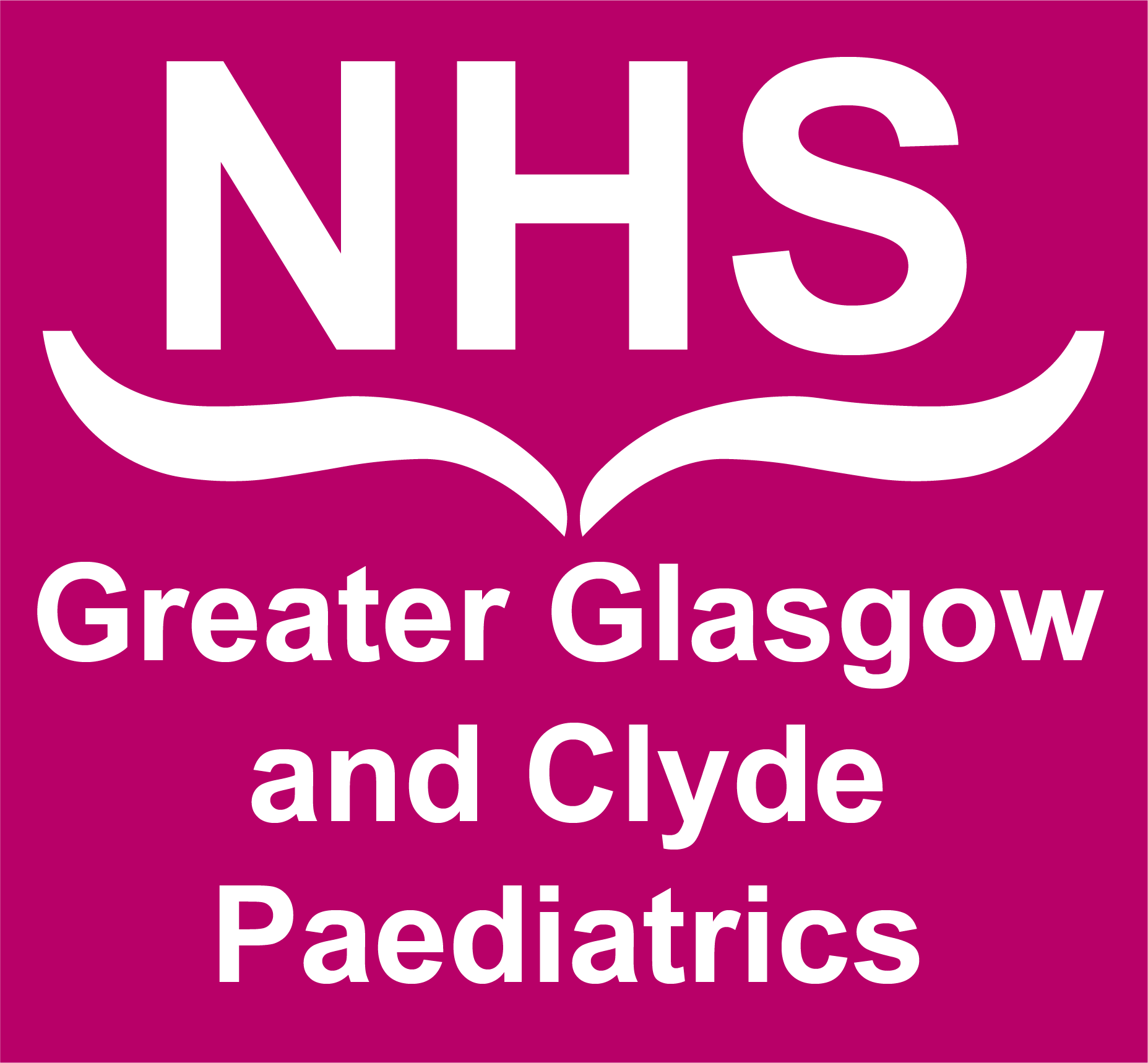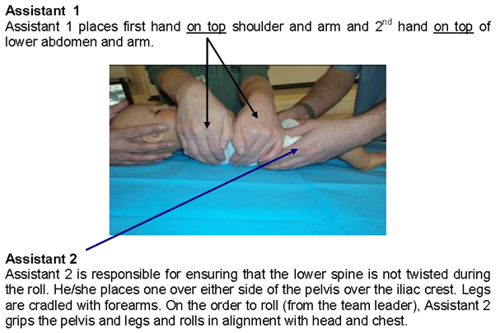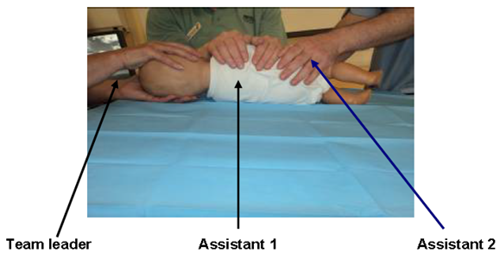Cervical spine injuries should be suspected in all children admitted to the paediatric critical care unit with:
- Significant accident history- sudden impact, collision, deceleration, fall from height or ejected from vehicle.
- Severe head injury i.e Glasgow Coma score (GCS) of 8 or less
- Trauma to vertebral column
- Neurological symptoms of spinal cord injury
- Injuries above the clavicle
- Altered level of consciousness after trauma
- Cervical spine surgery
N.B. Any child with a suspected or proven spinal injury:
Cervical immobilisation should be used to prevent secondary injury, or until such an injury has been ruled out, by appropriate clinical assessment and (where indicated), imaging (NICE. 2016, RCEM. 2017).
If a spinal injury is supected or confirmed, the cervical spine should remain immobilised until the child is awake, moving all four limbs, with no parasthesiae or numbness, and can tell us that he/she has no pain in the neck or spine. This may be more easily confirmed in older children than in the younger child/infant. Remember, distracting injury may interfere with reports of neck pain.
In-line cervical spine stabilisation should be discontinued only with consultation between the consultant intensivist and the consultant responsible for the child’s care.
The assessment of the spine for potential injury is the responsibility of the consultant under whom the patient has been admitted. This assessment should be formally documented in the case notes.
Paediatric neurosurgery will only review a patient:
- if the child has a confirmed injury to either the bony spine or the spinal cord on imaging
- or the child has a persistent neurological deficit consistent with spinal cord injury despite normal imaging.











